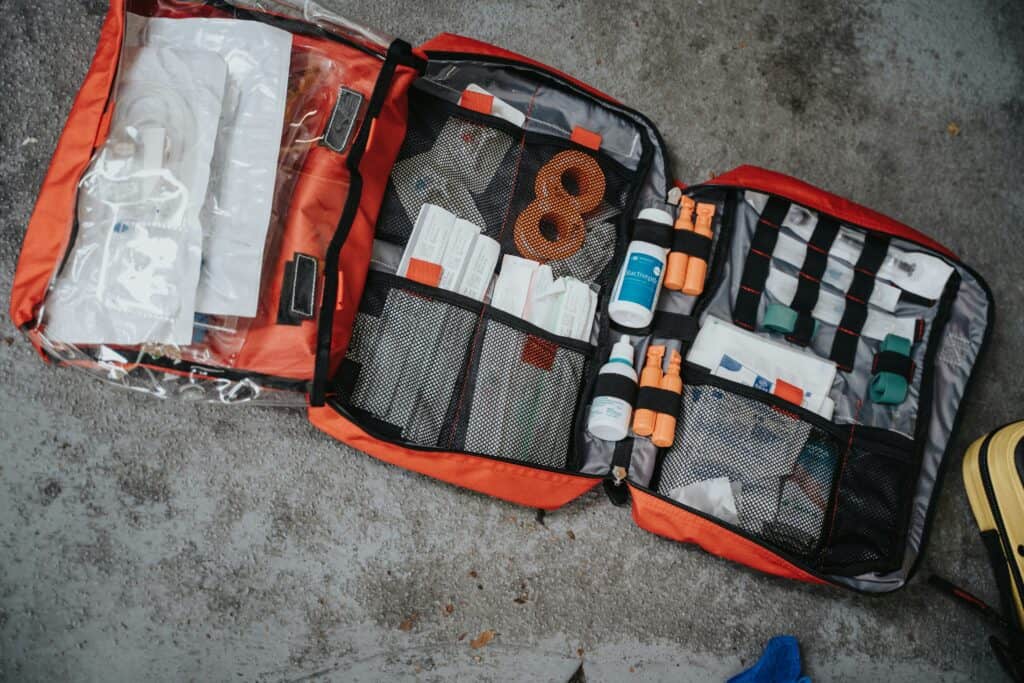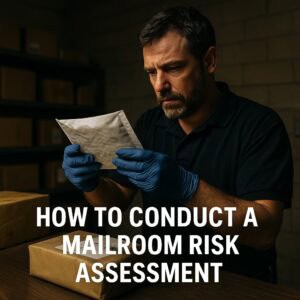On March 27, 2023, tragedy struck The Covenant School in Nashville, Tennessee. A shooter entered the school by firing through the glass doors at the main entrance. This allowed immediate access to the building, bypassing other security measures. The attack led to the deaths of three children and three adults.
This event highlights a critical weakness in many facilities: unprotected glass. Standard glass, even tempered, offers little resistance to forced entry. In this case, the lack of a strong barrier may have cost lives.
Glass as a Weak Point
Glass doors and windows are common in schools, churches, businesses, and government buildings. They let in natural light and improve visibility, but they are a security risk. When breached, they create an open path for intruders.
At The Covenant School, the shooter exploited this vulnerability by shooting through the glass and walking inside. This failure in physical security provided no delay—no time for staff to respond or for police to intervene before the attacker was inside.
Why Time Matters
Time barriers are critical in security. Every second an intruder is delayed provides more time for occupants to lock down and for law enforcement to arrive.
Forced entry-resistant film is one way to create these barriers. It reinforces glass so that, even when broken, it holds together. This prevents immediate access and forces an intruder to spend more time trying to gain entry.
When used alongside other security measures, forced entry-resistant film adds another layer of protection. Fencing, controlled access points, and reinforced interior doors work together to slow an attacker. This layered approach buys precious time, and that time may save lives.
How Forced Entry-Resistant Film Works
Here’s what the film does:
- Holds Glass Together: It keeps broken glass in place, preventing it from falling out completely.
- Delays Entry: Even with multiple impacts, the glass is more likely to remain intact, forcing the attacker to work harder and longer.
- Protects Occupants: It reduces flying glass hazards, keeping people safer in the immediate area.
Tests show that glass reinforced with film can withstand repeated impacts, even from firearms, before breaching. Without it, a single strike can create a wide-open entry point.
Lessons from The Covenant School
The shooting at The Covenant School illustrates what can happen when glass is left unprotected. Reinforcing it with forced entry-resistant film could have delayed the shooter’s progress. That delay could have allowed staff to lock down classrooms or for police to arrive sooner.
This is not just about schools. Churches, businesses, and government buildings face the same risk. Any facility with glass doors or windows is vulnerable unless action is taken.
What You Can Do
- Assess Entry Points: Look at every glass door and window in your facility. Identify areas that could be exploited.
- Reinforce Glass: Install forced entry-resistant film with proper attachment systems for maximum protection.
- Create Layers of Security: Combine glass reinforcement with other barriers, like secure perimeters and interior locks, to slow intruders.
- Train Staff: Ensure everyone knows how to respond in an emergency, using the time barriers provide to protect lives.
A Proactive Step
The Covenant School shooting shows the cost of unprotected glass. Forced entry-resistant film is a straightforward, effective way to improve safety. It creates time. And in emergencies, time saves lives.
If your facility has glass that needs reinforcement, contact us. We can help you protect what matters most.








